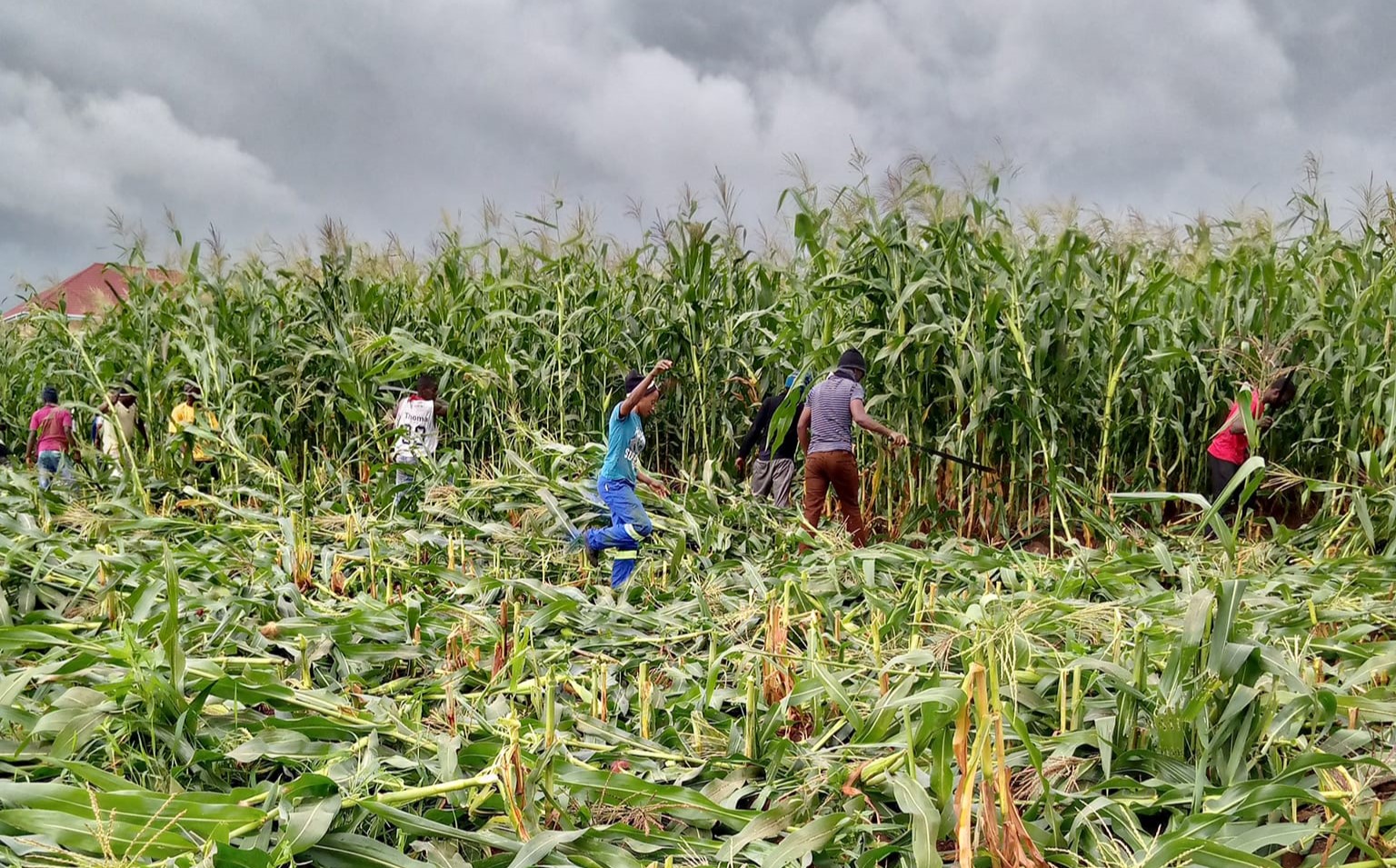Governor Chuka’s baffling statement on exchange rate
 I appreciate that the Joyce Banda administration is desperate to show some quick results of its Economic Recovery Plan (ERP), even if those improvements are only on paper and not felt by households enduring the pain of what are being touted as successful reforms underpinning this plan.
I appreciate that the Joyce Banda administration is desperate to show some quick results of its Economic Recovery Plan (ERP), even if those improvements are only on paper and not felt by households enduring the pain of what are being touted as successful reforms underpinning this plan.
The administration’s main ERP surrogates—Finance Minister Dr. Ken Lipenga and Reserve Bank of Malawi (RBM) Governor Charles Chuka—have been at pains to defend the reforms in the face of rising anger at the excruciating pain the policy changes such as the kwacha’s devaluation and flotation; cost reflective water and electricity tariffs as well as the automatic pricing mechanism of arriving at fuel prices have brought.
But the following line of defence from Chuka, if he was correctly quoted, has baffled me: “I know some people are predicting that the kwacha will fall to as much as K400 or K500 to the US dollar. But look, who can afford to buy US dollars at that price? I would say nobody—not even companies. So, even the forex trader would have to limit the price adjustment or else they would have nobody to buy their forex.”
Is this coming from Malawi’s leading creator of the free-floating currency market and student of the Bretton Woods Accord? Because the other more relevant side of Chuka’s question should be: Who can afford not to buy the green buck?
Can Malawians, including the business community, do without the dollar, the world’s reserve currency? How will we import drugs, raw materials, fertiliser, service our debts, bring in toothpicks (whew!) and clothes?
Because we do not have a choice, we will continue to seek the dollar at any price provided it continues to be in short supply. As long as we don’t generate enough forex, as long as we import more than we export and as long as the kwacha remains floated, chances are that we might pay as much as K1 000 to buy one US dollar.
The basic forces of supply and demand drive the forex market. And what drives supply and demand in the forex market? Well, it is those little fellows called trade flows, investment flows, money supply and the deficit of confidence that comes with investor fears.
Let us take trade flows for a start. According to the balance of payment theory, a country with a huge trade deficit such as Malawi suffers from a decline in value of its currency.
Malawi’s demand for foreign goods is higher than foreigners’ demand for our goods. That is why our trade balance keeps widening and so far, even with half-hearted attempts at promoting exports, there is no sign this trend will be reversed in the short to medium term.
It also explains why the demand for forex (especially the dollar) has been rising and the supply of the kwacha has been rising too as more of the local unit is needed to compete for the few dollars.
It follows then that the jump in demand for the forex boosts the values of those currencies while the rising supply of the kwacha to chase the hard currency weakens the value of our local unit; hence, the kwacha, subjected to these market forces, is depreciating every day.
Governor Chuka knows that in the foreseeable future, this will always be the case unless there is a dramatic injection of forex that wipes out the imbalances, which, if you ask me, is a far-fetched dream.
When it comes to investment flows, not much of our assets are being bought to strengthen our kwacha. As for foreign direct investment (FDI), international investors are reluctant to put money in a country where water and electricity supply is unreliable, inflation is unpredictable and the business environment is generally unfriendly. So, there is little help for the beleaguered kwacha from that end.
And while government says money supply—the amount of a currency circulating through the economy—has slowed down from an average of 35 percent during the 12-month period to April 2012 to 18 percent at end-November—such monetary expansion remains high enough to continue undermining the local unit.
On investor fear, nothing could be more destabilising to the local unit than investors who are not confident that the kwacha instability will end.
Of course, RBM and its supporters of the central bank’s current monetary policies—the Economics Association of Malawi, the Malawi Confederation of Chambers of Commerce and Industry and Financial Dealers Association of Malawi, are all claiming that investor confidence is returning to the local financial market.
But none of them has measured it or come up with definitive proof. Such lack of concrete information always has the potential to inject fear in folks dealing in forex.
Given the above analysis and in view of the trend since the kwacha’s flotation in May 2012, the kwacha—barring divine intervention and a change in the policy mix—may easily hit the K400/$ mark before the end of the current financial year.



